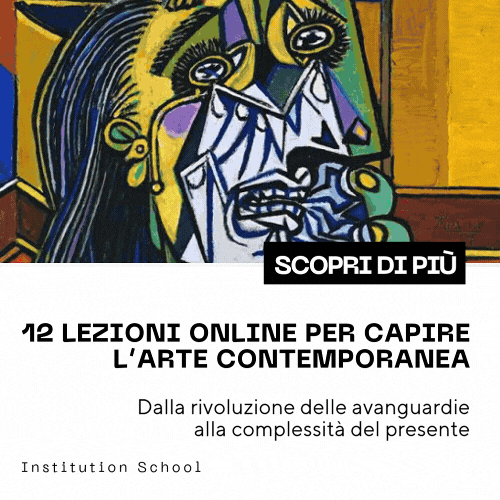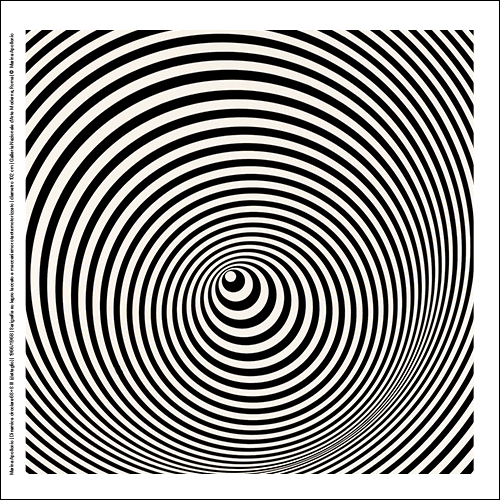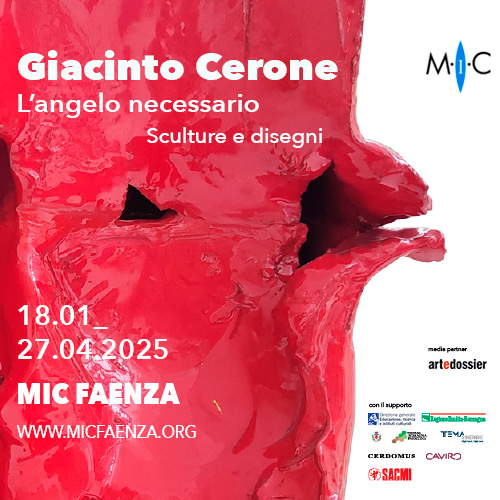Women in museum collections? The approach must be equal across categories
In 1971 Linda Nochlin published in ARTnews magazine the essay Why Have There Been No Great Women Artists? The U.S. art historian’s question calls for the adoption of a new methodology of inquiry: instead of unearthing the path of women artists, it is first necessary to analyze the structural factors (social, economic, and cultural) that either influence the spread of certain histories or sanction their absence.
For a long time, the unchallenged point of view in Northern Hemisphere art history has been that of a critic, male, white-skinned, upper-class and Western, the bearer of a perspective on the world assumed as THE starting point, though never made explicit. In 2021, in the artistic sphere, as in other areas of life, we seek to articulate a more equitable and inclusive approach that allows other canons to exist.
Before I get to talk about initiatives I am working on as director of the MACTE Museum of Contemporary Art in Termoli, allow me a brief autobiographical digression. After my studies in Italy, I worked and lived first in the United Kingdom and then in New Zealand and Singapore, countries that were geographically and culturally distant from my European-style upbringing and that exposed me to debates such as post-colonial and gender studies(Gender Studies). The willingness to put myself in listening and communicating with communities unfamiliar to me, required a questioning of concepts and positions that I then considered neutral and instead carried strong, if not violent, connotations. Having returned to live and work in Italy, I internalized the comparisons and exchanges that took place during my years abroad and developed a sensitivity through the collaborations, exhibitions and work decisions that punctuated my professional journey. I believe that opening oneself to the representation of the other, or of the other, is the discriminator of an ethical operation, and that, today, one must begin to ask oneself the problem, to ask questions and to count.





The Termoli Prize collection constitutes the fund of works collected by the City of Termoli from 1955 to the present day through the prize-purchase formula and which since 2019 have been housed at the MACTE museum. The collection currently includes 470 pieces among which are the darte works of 47 female artists. This percentage includes, for example, a 1960 canvas by Carla Accardi (who won the V Premio Termoli), a 1974 wooden relief by Dadamaino (who won the XIX Premio Termoli), and a 1976 mirror sculpture by Nanda Vigo; but also a 1985 canvas by Tomaso Binga and a 2018 installation by Benni Bosetto that could be mistakenly counted among those made by men given the gender lambiguity conveyed by their names.
Any decision regarding the display of works, such as the inclusion of them in group exhibitions should not, in my opinion, give the idea of exceptionality or accumulation as in the expedient of the women artists’ room, which distinguishes them but at the same time excludes them from the rest, but rather stand as an equal approach that tries to offer a thematic, chronological, philosophical context of reference, beyond the categories of male and female. This attitude is also reflected in the invitation extended to female writers, curators and artists to collaborate with MACTE on various fronts: from writing in-depth texts on works in the collection, as speakers in public meetings, to their involvement in the exhibition program.
In one of the events held so far, we spoke with Angela Maderna about her book Laltra metà dellavanguardia forty years later (Postmedia Books, 2020) and the exhibition organized by art critic Lea Vergine in 1980 at the Palazzo Reale in Milan: Laltra metà dellavanguardia 1910-1940. Women Painters and Sculptors in the Historic Avant-Garde Movements. An exhibition that was the first in Italy to offer a critical approach to deal with women artists, as their work is presented and described. This art-historical rigor is calibrated by Lea Vergine from the exhibition layout to the catalog, preparing biographical files that do not subordinate the history of women artists to the lives of male artists, but as professionals themselves.
So that this does not remain an abstract statement of intent, I bring you the example of the decision-making process pertaining to the group exhibition The 3 Ecologies, which will be presented at the museum in late 2021 and early 2022: the first draft of a list of who to include as artists was heavily skewed by a preponderance of male names. An attempt was made to rebalance this lack by identifying works by women artists with respect to the inspirational and guiding themes for the exhibition and by expanding the spatial and temporal coordinates of the exhibition accordingly.
Or of the entry into the collection in the coming months of a sculpture by Sara Enrico, winner of the Cantica 21 call, an initiative of MAECI and MiBACT. The artist is working on the production of this work thanks to the funding obtained through the call, and the MACTE, which supported the application, will become the home of this work. The point I think is just that, to ask questions in every situation, from exhibitions to juries, from professional opportunities to acquisitions, setting as a horizon of action a plurality of representation. We will continue to debate the artistic quality of the works, but we will have more points of view to do so.
This contribution was originally published in No. 10 of our print magazine Finestre Sull’Arte on paper. Click here to subscribe.
Warning: the translation into English of the original Italian article was created using automatic tools. We undertake to review all articles, but we do not guarantee the total absence of inaccuracies in the translation due to the program. You can find the original by clicking on the ITA button. If you find any mistake,please contact us.





























